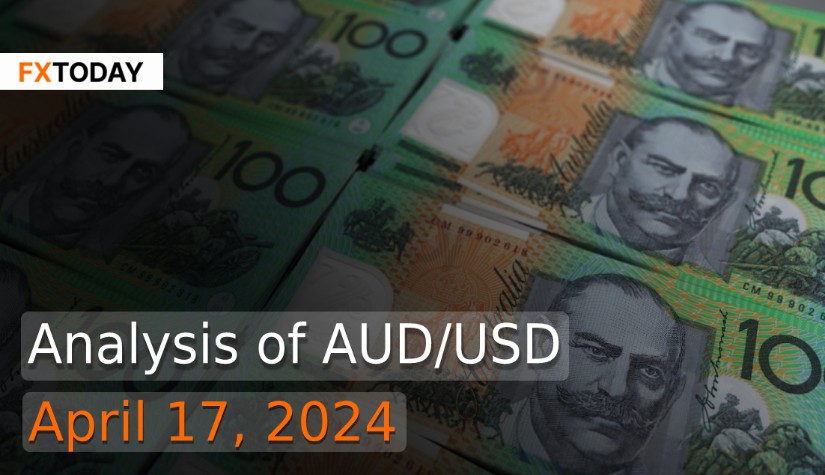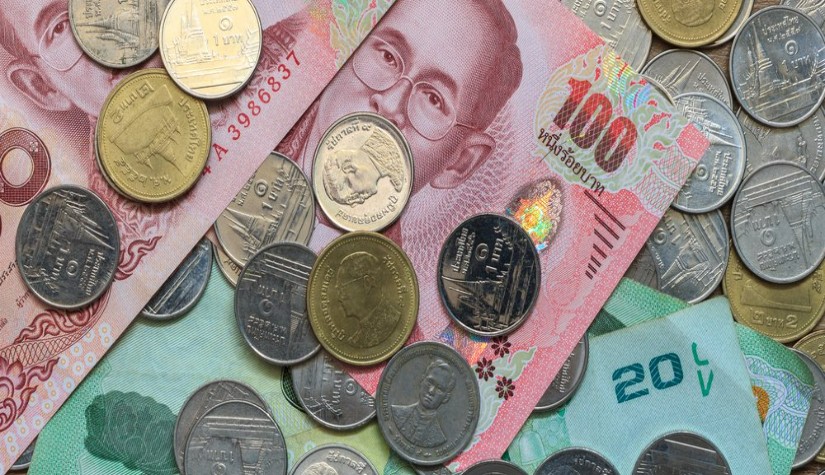Australian Consumer Sentiment Dips; Job Market Offers Glimmer of Hope
In early April, Australian consumer sentiment continued to decline, reflecting concerns over slowing economic growth, persistent inflation, and the expectation of higher interest rates. The Westpac-Melbourne Institute consumer sentiment index dropped by 2.4% from the previous month, nearing record lows seen during the 2020 pandemic.
Sticky inflation, which remained above the Reserve Bank's target range, weighed heavily on household finances, compounded by the likelihood of prolonged higher interest rates. Despite some easing in inflation over the past year, the prospect of interest rate hikes by the Reserve Bank of Australia (RBA) impacted consumer confidence negatively.
Additionally, concerns over potential rate cuts early in the year failed to convince consumers. This decline in sentiment is expected to lead to weaker consumer spending, exacerbating the strain on purchasing power. However, amidst these concerns, Australia's job market remained a source of optimism due to low unemployment rates and ample job opportunities.
In contrast, Australian business conditions remained relatively stable in March, with sales and employment holding steady. The National Australia Bank's survey indicated a slight dip in business conditions but maintained above-average activity levels. Business confidence also saw a marginal increase. Capacity utilization showed a minor decrease, suggesting a gradual balance between supply and demand.
Australia's trade balance contracted more than expected in February, reaching a five-month low, largely driven by a substantial decline in exports, particularly of iron ore products to China. The sustained property downturn in China significantly reduced its demand for metals, impacting Australia's exports. Although coal, fuel, and metal exports increased, they couldn't compensate for the drop in iron ore exports. Meanwhile, imports surged, primarily driven by consumer goods demand.
The RBA opted to keep interest rates steady in March and softened its stance on policy, though without explicitly ruling out future changes. Markets speculated that interest rates may have peaked but anticipated any relief to come around November.
In global economic news, the U.S. dollar strengthened following remarks from Federal Reserve Chair Jerome Powell, indicating a possible need for prolonged higher rates due to persistent inflation. Stronger-than-expected growth data, including retail sales, bolstered the dollar further. Expectations of rate cuts in the U.S. were pushed back, with traders now foreseeing fewer cuts, likely starting in September. Geopolitical tensions also contributed to the dollar's safe-haven appeal.
In the U.S., manufacturing showed signs of improvement in March, driven by increased output in various sectors. However, single-family homebuilding declined, partly due to rising mortgage rates dampening buyer interest. Strong retail sales led to upward revisions in GDP growth estimates for the first quarter. Powell reiterated the Fed's cautious approach to rate cuts, emphasizing the need for sustainable inflation trends and acknowledging the labor market's positive developments while leaving room for potential easing if necessary. Consequently, the AUD/USD currency pair typically stabilizes and fluctuates within its current range, with any potential appreciation of the Australian dollar expected to be constrained in the long run by the differing economic conditions and returns of the two countries.
Data for Technical Analysis (1H) CFD AUD/USD
Resistance : 0.6421, 0.6423, 0.6428
Support : 0.6411, 0.6409, 0.6404
1H Outlook
Source: TradingView
Buy/Long 1 If the support at the price range 0.6401 - 0.6411 is touched, but the support at 0.6411 cannot be broken, the TP may be set around 0.6422 and the SL around 0.6396, or up to the risk appetite.
Buy/Long 2 If the resistance can be broken at the price range of 0.6421 - 0.6431, TP may be set around 0.6440 and SL around 0.6406, or up to the risk appetite.
Sell/Short 1 If the resistance at the price range 0.6421 - 0.6431 is touched, but the resistance at 0.6421 cannot be broken, the TP may be set around 0.6411 and the SL around 0.6436, or up to the risk appetite.
Sell/Short 2 If the support can be broken at the price range of 0.6401 - 0.6411, TP may be set around 0.6390 and SL around 0.6426, or up to the risk appetite.
Pivot Points Apr 17, 2024 01:37AM GMT
|
Name
|
S3
|
S2
|
S1
|
Pivot Points
|
R1
|
R2
|
R3
|
|---|---|---|---|---|---|---|---|
| Classic | 0.6399 | 0.6404 | 0.6411 | 0.6416 | 0.6422 | 0.6428 | 0.6434 |
| Fibonacci | 0.6404 | 0.6409 | 0.6411 | 0.6416 | 0.6421 | 0.6423 | 0.6428 |
| Camarilla | 0.6415 | 0.6416 | 0.6417 | 0.6416 | 0.6419 | 0.642 | 0.6421 |
| Woodie's | 0.6401 | 0.6405 | 0.6413 | 0.6417 | 0.6424 | 0.6429 | 0.6436 |
| DeMark's | - | - | 0.6414 | 0.6418 | 0.6425 | - | - |
Sources: Investing 1, Investing 2
















